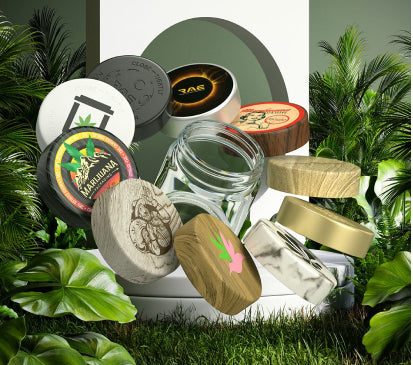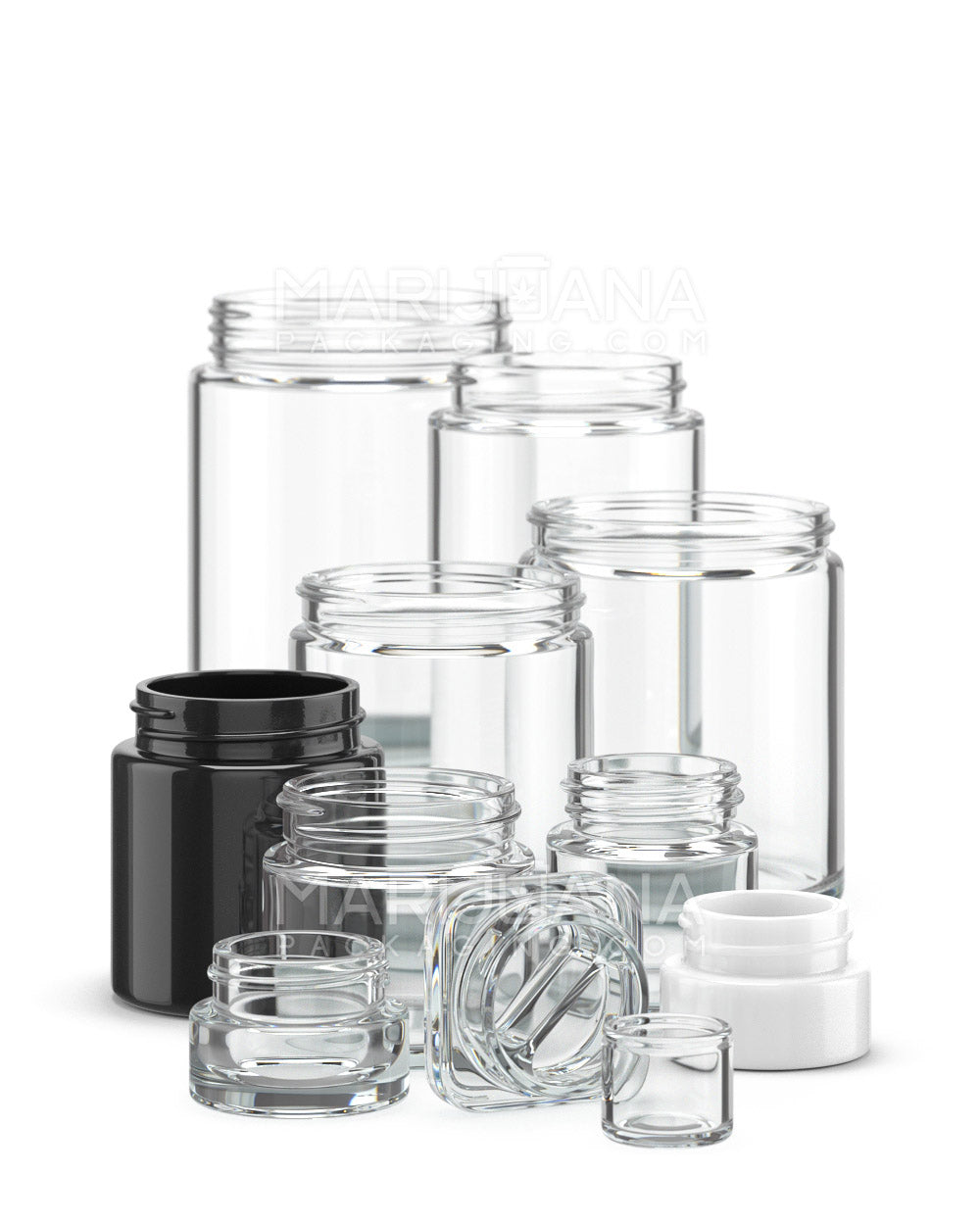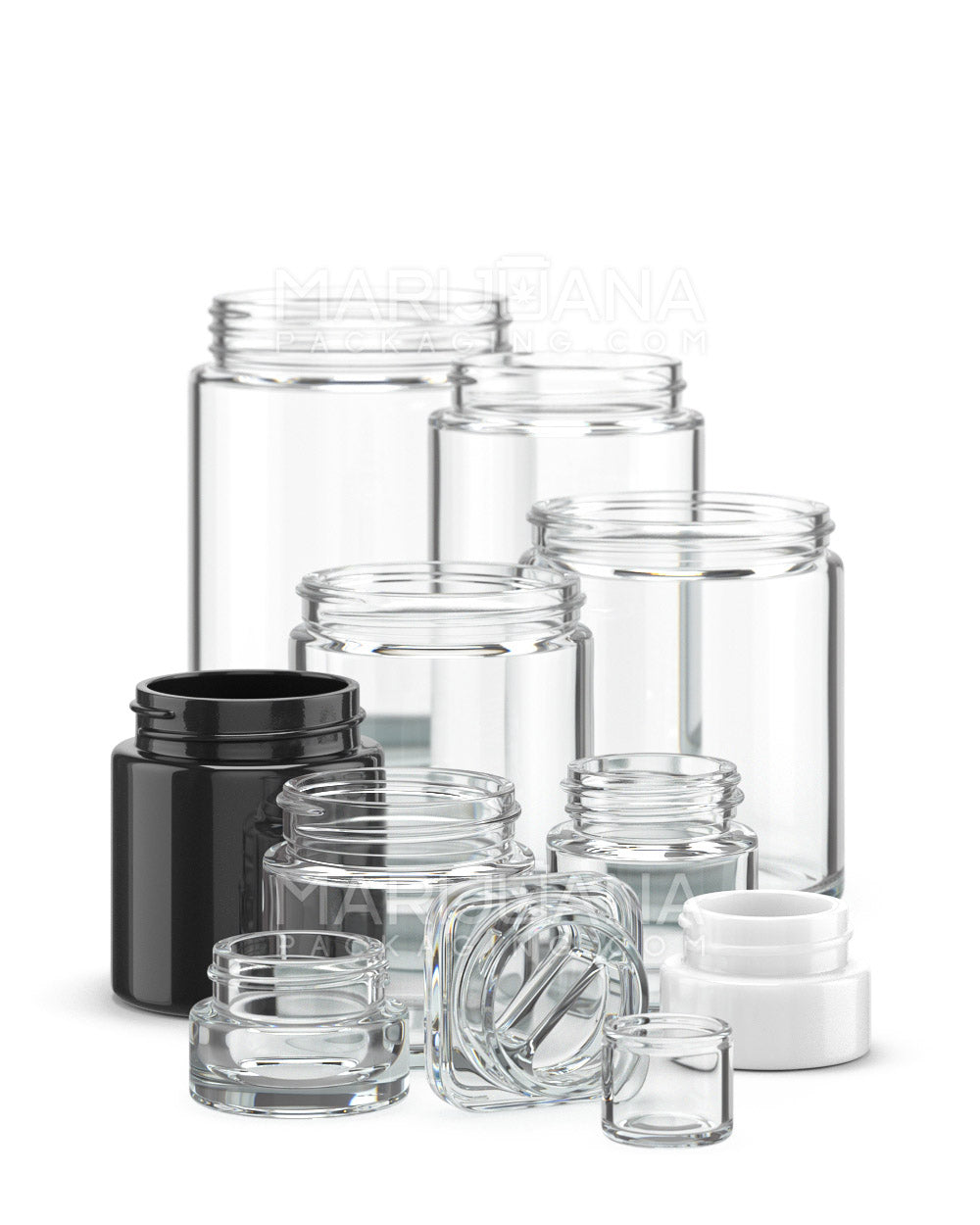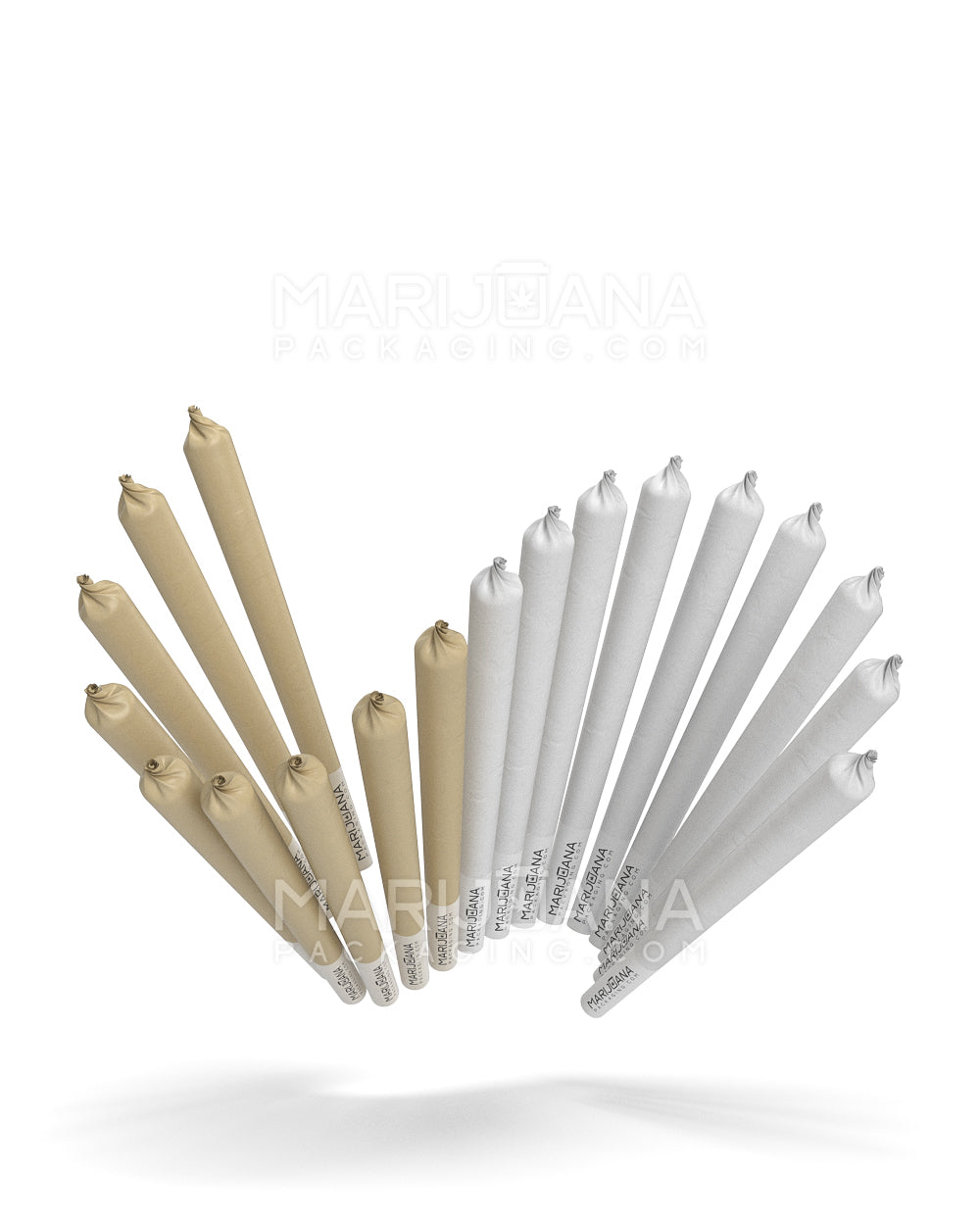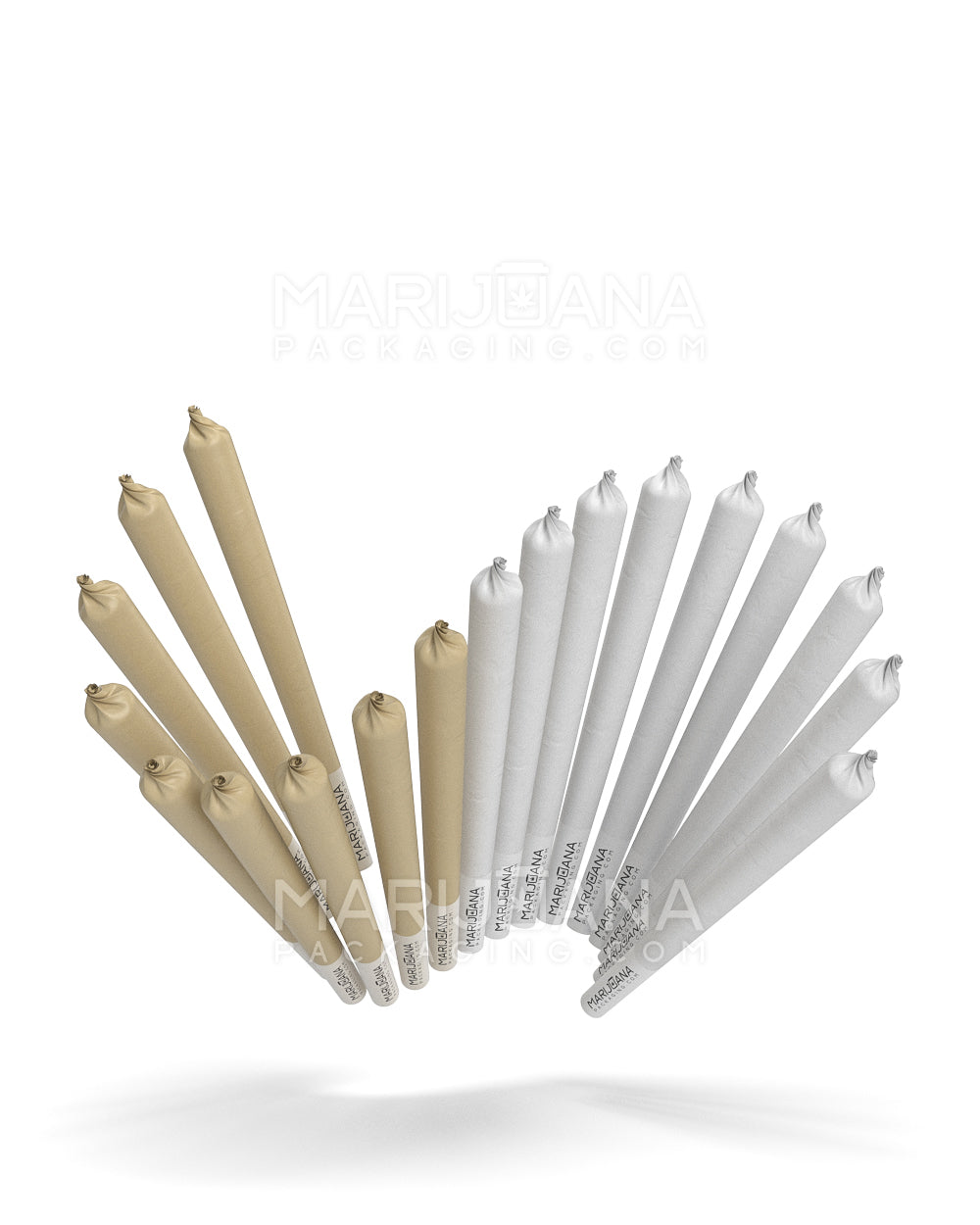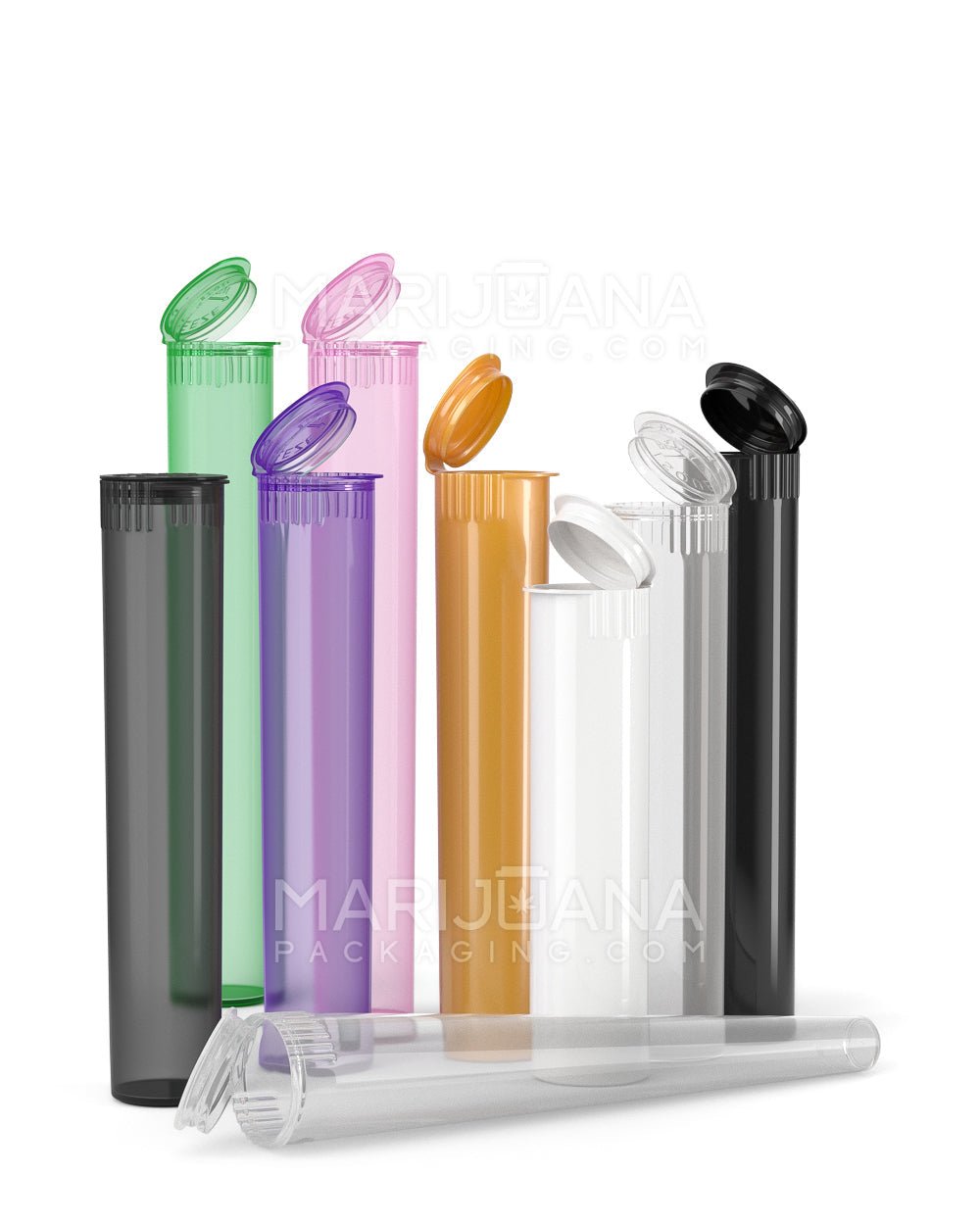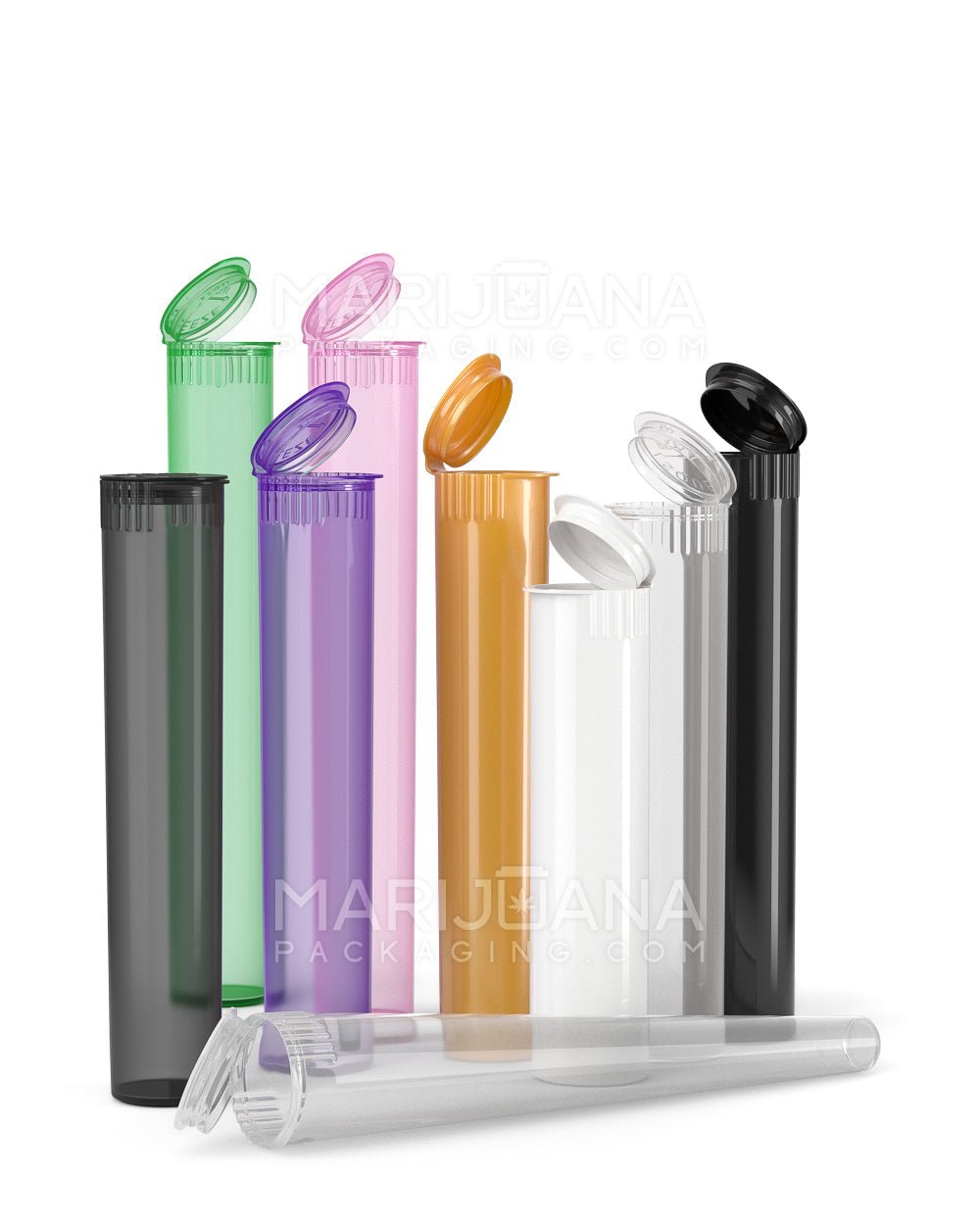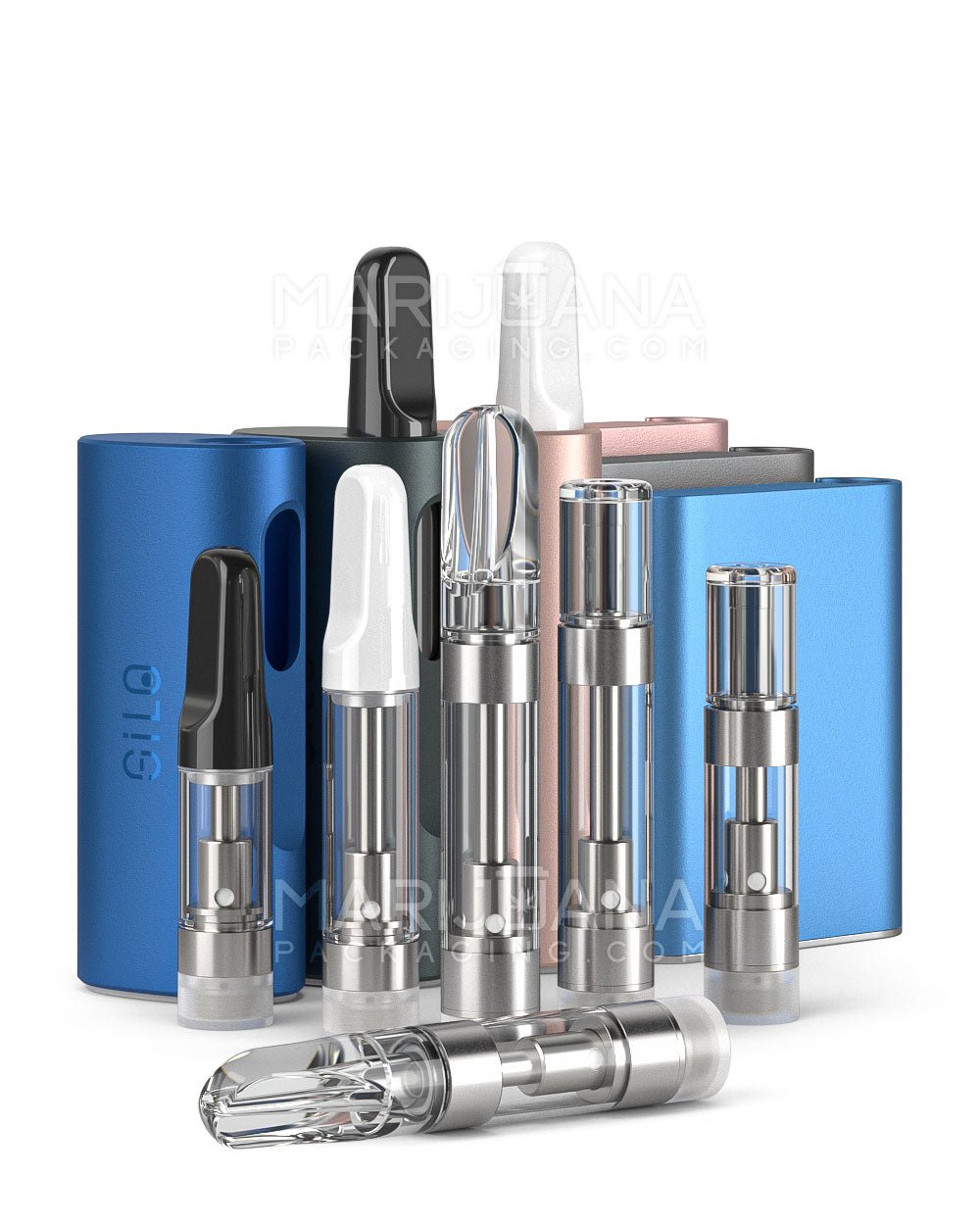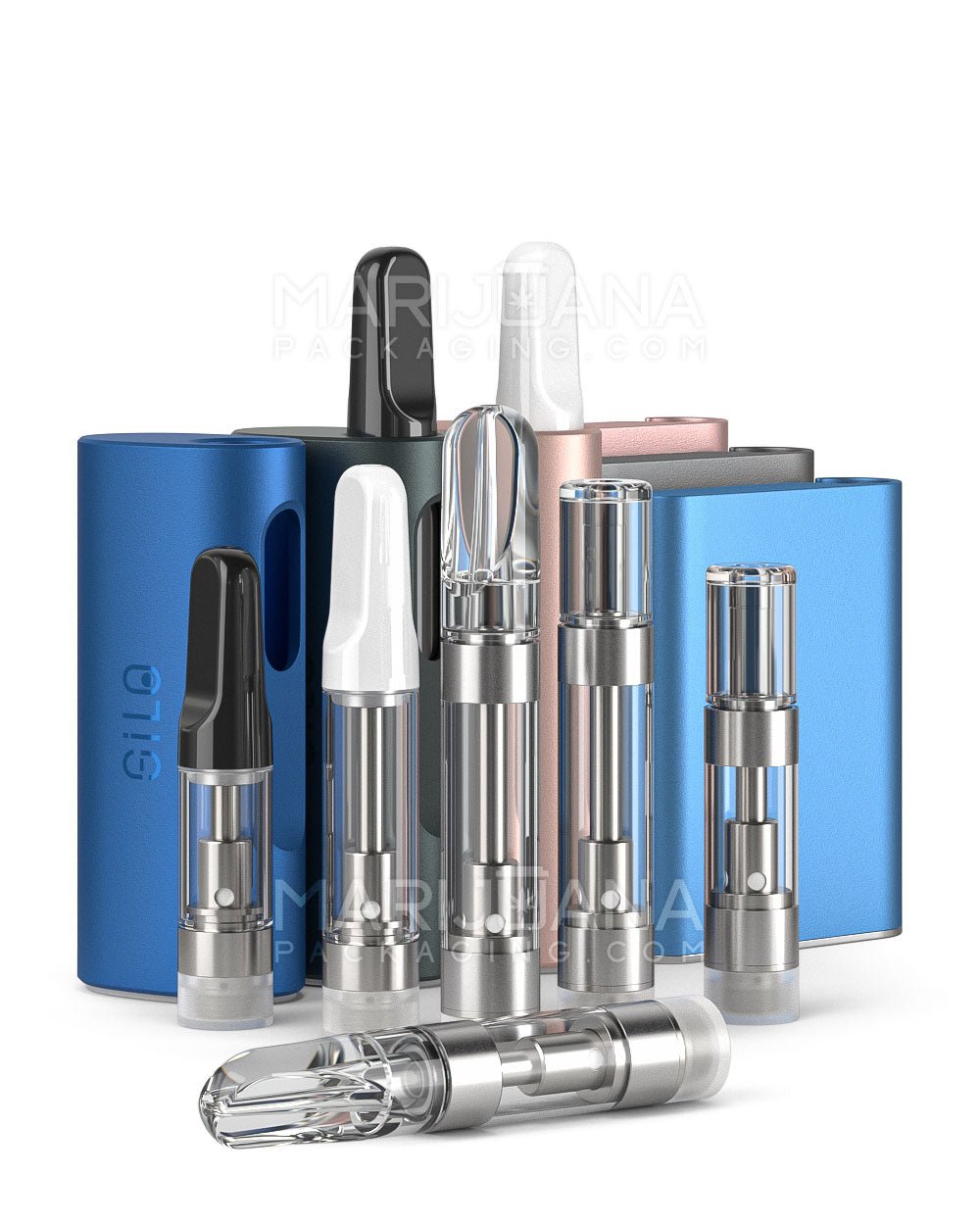Marijuana cultivation is a fascinating process, with the formation of buds being one of its most intriguing aspects. If you've ever wondered how those sticky, fragrant nuggets come to be, you're not alone. The journey from seed to bud is quite the adventure, involving a series of biological and environmental factors working in harmony.
In this article, we'll walk through the stages of marijuana bud formation, breaking down each phase from the plant's early development to the final, beautiful blossoms. Whether you're a curious consumer or an aspiring grower, understanding this process can deepen your appreciation for this remarkable plant.
The Beginnings: Seed Germination
The journey to a thriving marijuana plant starts with a tiny, seemingly inconspicuous seed. Germination is the initial step, where the seed awakens and begins to grow. This process requires moisture, warmth, and occasionally, a little patience.
Here's a simple way to germinate seeds:
- Moisture: Place the seeds between damp paper towels or directly in water. This softens the seed shell and activates the growth process.
- Warmth: Keep the seeds in a warm place, ideally between 70-85°F. Some growers use a seedling heat mat to maintain the right temperature.
- Darkness: Seeds germinate best in the dark. Cover them to protect from light while maintaining moisture and warmth.
Once the seed sprouts a small root, known as a taproot, it's time to plant it into your growing medium. This marks the beginning of the seedling stage, where the plant starts to take shape.
Seedling Stage: The First Leaves
After germination, the seedling stage kicks in. This is when the plant begins to develop its first leaves, known as cotyledons. These leaves are small and rounded, differing from the plant's typical fan leaves that appear later.
During this phase, the plant is delicate and requires careful nurturing. Here are some tips to ensure healthy seedling growth:
- Lighting: Seedlings need plenty of light, but not too intense. Fluorescent lights or LED grow lights are suitable choices.
- Watering: Keep the soil moist, but avoid overwatering. Seedlings can be easily drowned by too much water.
- Nutrients: Seedlings don’t need much in terms of nutrients. A mild nutrient solution is usually enough.
As the seedling grows, it will start developing its first set of true leaves. These are the iconic, serrated leaves associated with cannabis plants. The plant will continue to grow taller and stronger, preparing for the next phase.
Vegetative Growth: Building the Foundation
Once the seedling stage is complete, the plant enters the vegetative phase. This is a time of rapid growth, where the plant focuses on building a strong structure. The roots dive deeper, the stem thickens, and the canopy expands, setting the stage for future buds.
Key factors for successful vegetative growth include:
- Lighting: Increase the light intensity and duration. Most growers use a 18/6 light cycle (18 hours on, 6 hours off) during this phase.
- Nutrients: Plants require more nitrogen in this stage to support leaf growth. Choose a nutrient solution rich in nitrogen.
- Pruning and Training: Techniques like topping and low-stress training can help shape the plant and increase bud sites.
The vegetative stage can last anywhere from a few weeks to several months, depending on the grower's goals and the plant's genetics. During this time, the plant is focused on becoming as robust as possible before transitioning to flowering.
The Transition: Pre-Flowering
The transition from vegetative growth to flowering is a critical time for the cannabis plant. This phase, known as pre-flowering, is when the plant shifts its energy towards reproduction.
During pre-flowering, you'll notice changes in the plant's structure and appearance:
- Sex Identification: Cannabis plants can be male or female. Female plants produce the buds we all love, while males produce pollen sacs. Identifying and removing males is important to prevent pollination.
- Stretching: Plants often experience a growth spurt called "stretching" as they transition to flowering. This is the plant's way of maximizing light exposure for the upcoming bud production.
- Light Cycle Changes: Growers switch to a 12/12 light cycle (12 hours on, 12 hours off) to trigger flowering. This mimics the natural shortening of days as summer turns to fall.
The pre-flowering phase lasts about 1-2 weeks, setting the stage for the full flowering process where the buds truly begin to develop.
Flowering Stage: The Birth of Buds
Now comes the moment we've all been waiting for — the flowering stage. This is when the plant starts forming buds, which are clusters of flowers that contain the highest concentrations of cannabinoids like THC and CBD.
Several factors influence bud formation during this stage:
- Lighting: Continue with the 12/12 light cycle to maintain flowering. Light intensity is crucial for bud development.
- Nutrients: Shift to a flowering nutrient mix, which is higher in phosphorus and potassium to support bud growth.
- Temperature and Humidity: Ideal temperatures range from 65-80°F, with humidity levels around 40-50%. This environment helps prevent mold and mildew on the buds.
The flowering stage typically lasts 6-10 weeks, depending on the strain and growing conditions. During this time, the plant's energy is focused entirely on producing resinous buds packed with flavor and potency.
Trichome Development: The Frosty Coating
As the buds mature, you'll notice a frosty coating developing on their surface. These are trichomes, tiny, crystal-like structures that house the plant’s cannabinoids and terpenes, responsible for its effects and aroma.
Trichome development is a key indicator of a plant's maturity and readiness for harvest. Here's what to look for:
- Clear Trichomes: Indicate that the plant is still maturing and not quite ready for harvest.
- Milky Trichomes: Suggest peak potency, with the highest levels of THC.
- Amber Trichomes: Indicate a degradation of THC into CBN, which provides a more sedative effect. Some growers prefer to harvest at this stage for a more calming experience.
Using a magnifying glass or jeweler’s loupe can help you closely monitor trichome development, ensuring you harvest at the optimal time.
Harvesting: Timing and Techniques
Harvesting is a crucial moment in the cultivation process. Timing is everything, as harvesting too early or too late can affect the quality and potency of your buds.
Here are some signs that your plant is ready for harvest:
- Trichome Color: As mentioned, trichome color is a reliable indicator of maturity.
- Pistil Color: The pistils, or hair-like structures on the buds, will turn from white to orange or brown as the plant matures.
- Leaf Yellowing: Some leaves may yellow and fall off as the plant directs its energy towards the buds.
Harvesting techniques vary, but generally involve cutting the plant down at the base, trimming away excess leaves, and hanging the branches upside down to dry. Proper drying and curing are essential for preserving the quality and potency of your buds.
Drying and Curing: Enhancing Flavor and Potency
Drying and curing are often overlooked but are vital steps in producing top-shelf cannabis. These processes allow the buds to develop their full flavor and potency while reducing harshness.
The drying process involves:
- Environment: Keep the drying area cool and dark, with temperatures around 60-70°F and humidity levels between 45-55%.
- Air Circulation: Ensure proper airflow to prevent mold and mildew. Small fans can help maintain circulation.
- Duration: Drying typically takes 5-10 days, depending on environmental factors.
Once dry, buds are ready for curing, which involves placing them in airtight containers and storing them in a dark, cool place. Burp the containers daily (open briefly to let in fresh air) for the first two weeks to release moisture and gases. Curing can last from a few weeks to several months, enhancing the bud's aroma and smoothness.
Final Thoughts
The journey from seed to bud is a complex yet rewarding process. Each stage, from germination to curing, plays a vital role in producing the quality cannabis we enjoy. By understanding how marijuana buds form, you gain a deeper appreciation for the plant and the effort required to cultivate it.
If you're looking to enhance your cultivation efforts with quality packaging solutions, Gamut has you covered. With over a decade of experience, they offer a wide range of packaging options, from jars and bags to tubes and containers, ensuring your product stands out in the market. Whether you need stock options, custom designs, or industry-specific solutions, Gamut runs the gamut to meet your needs, making your brand truly unforgettable.




